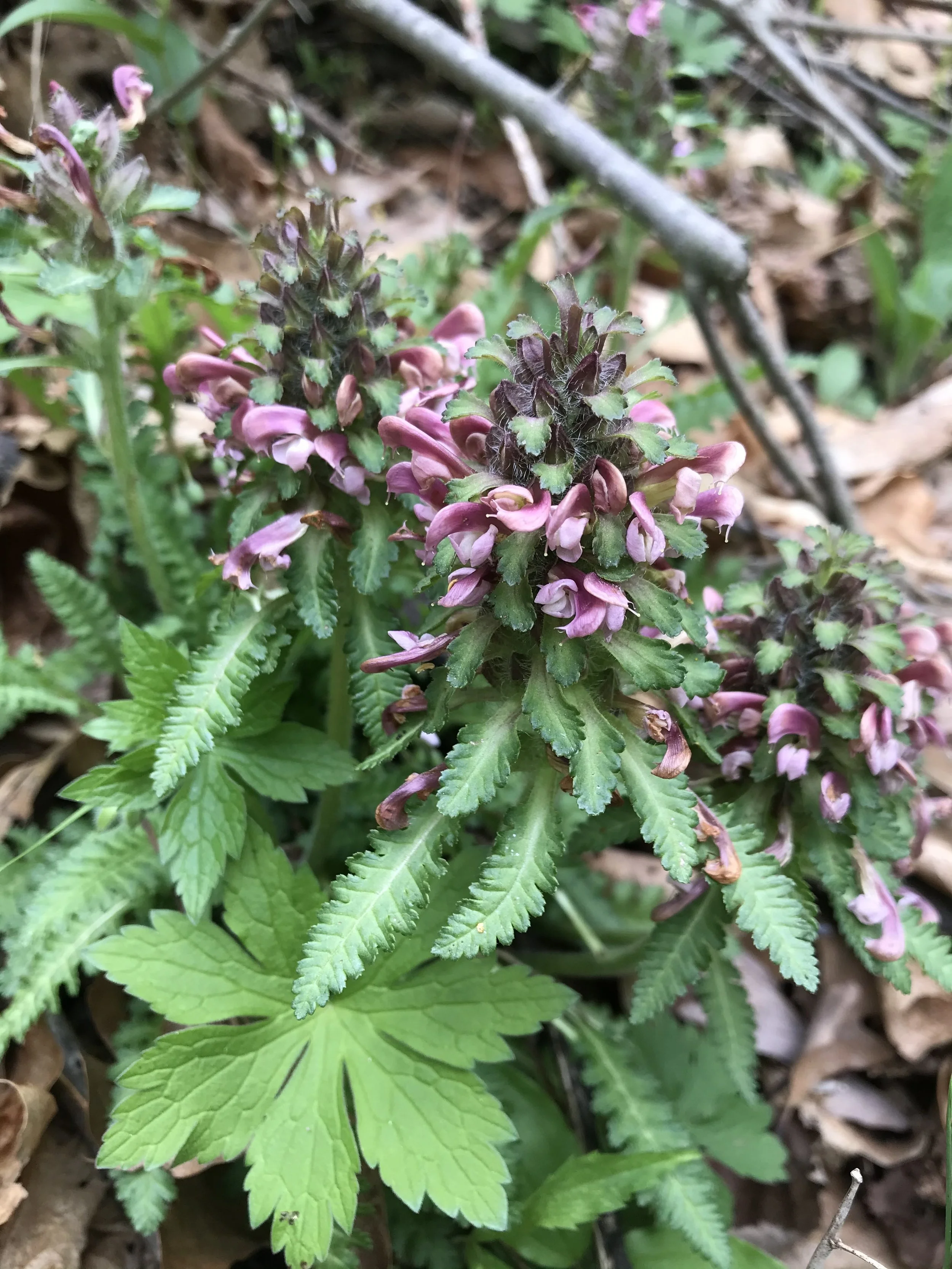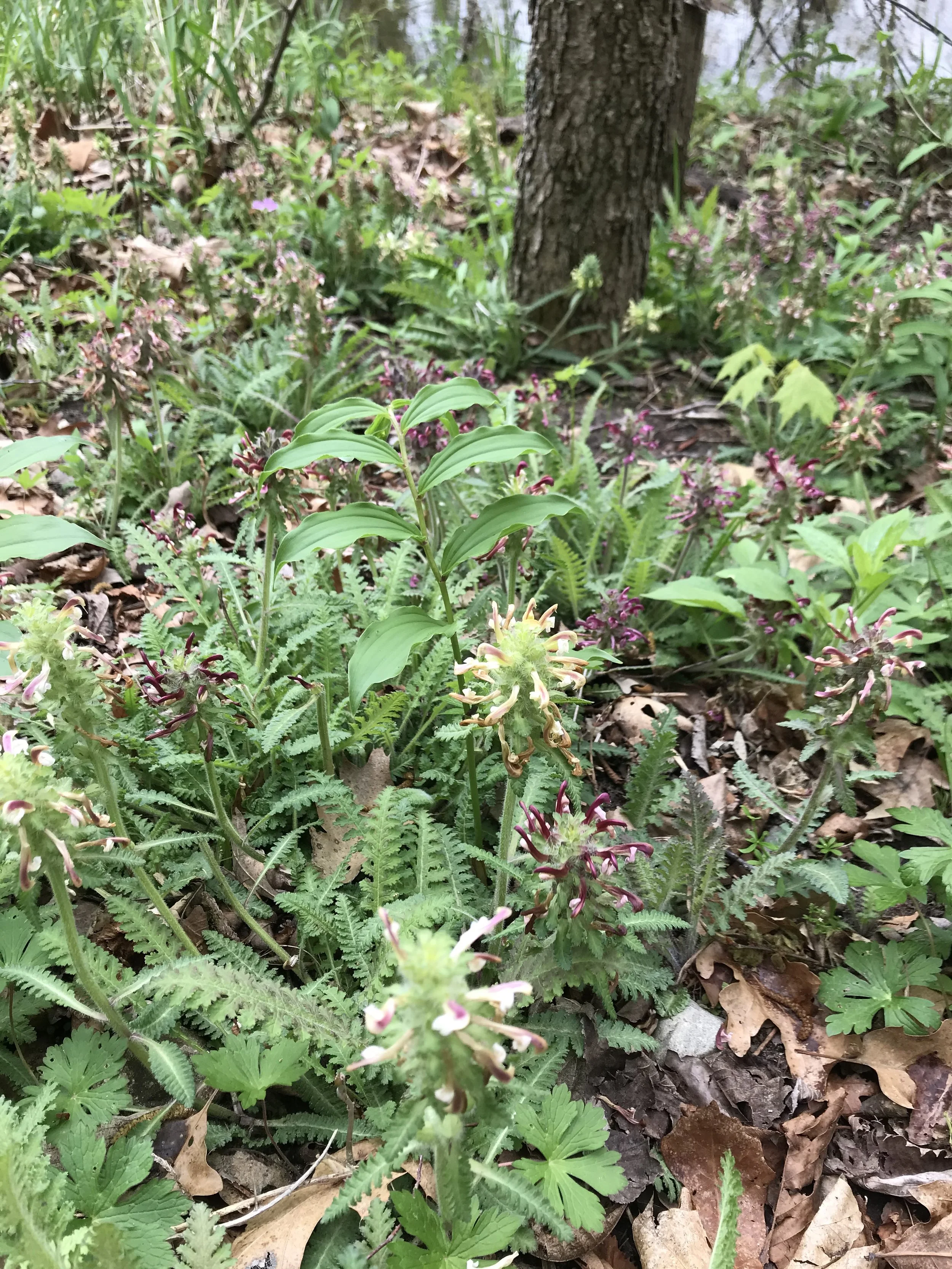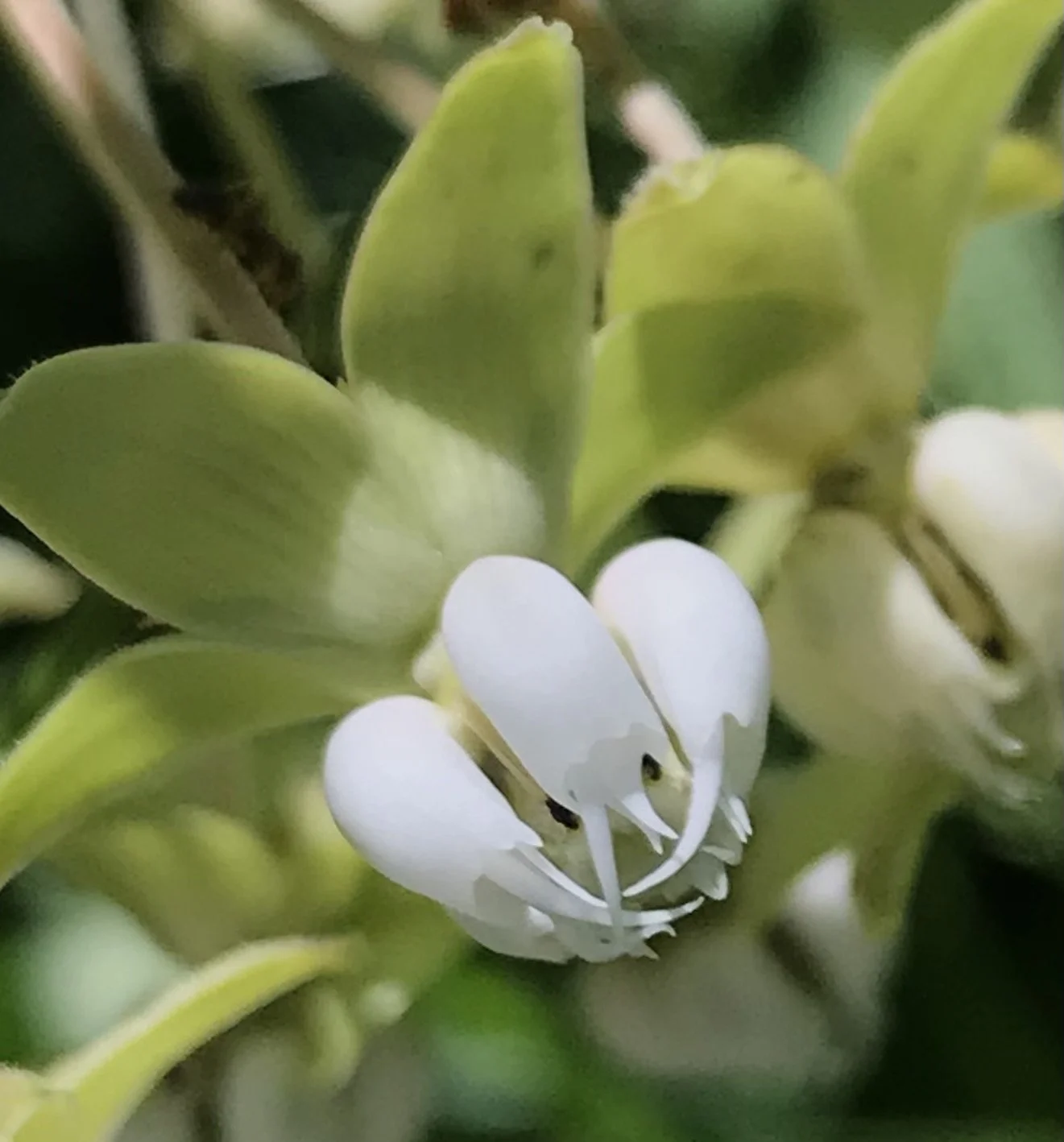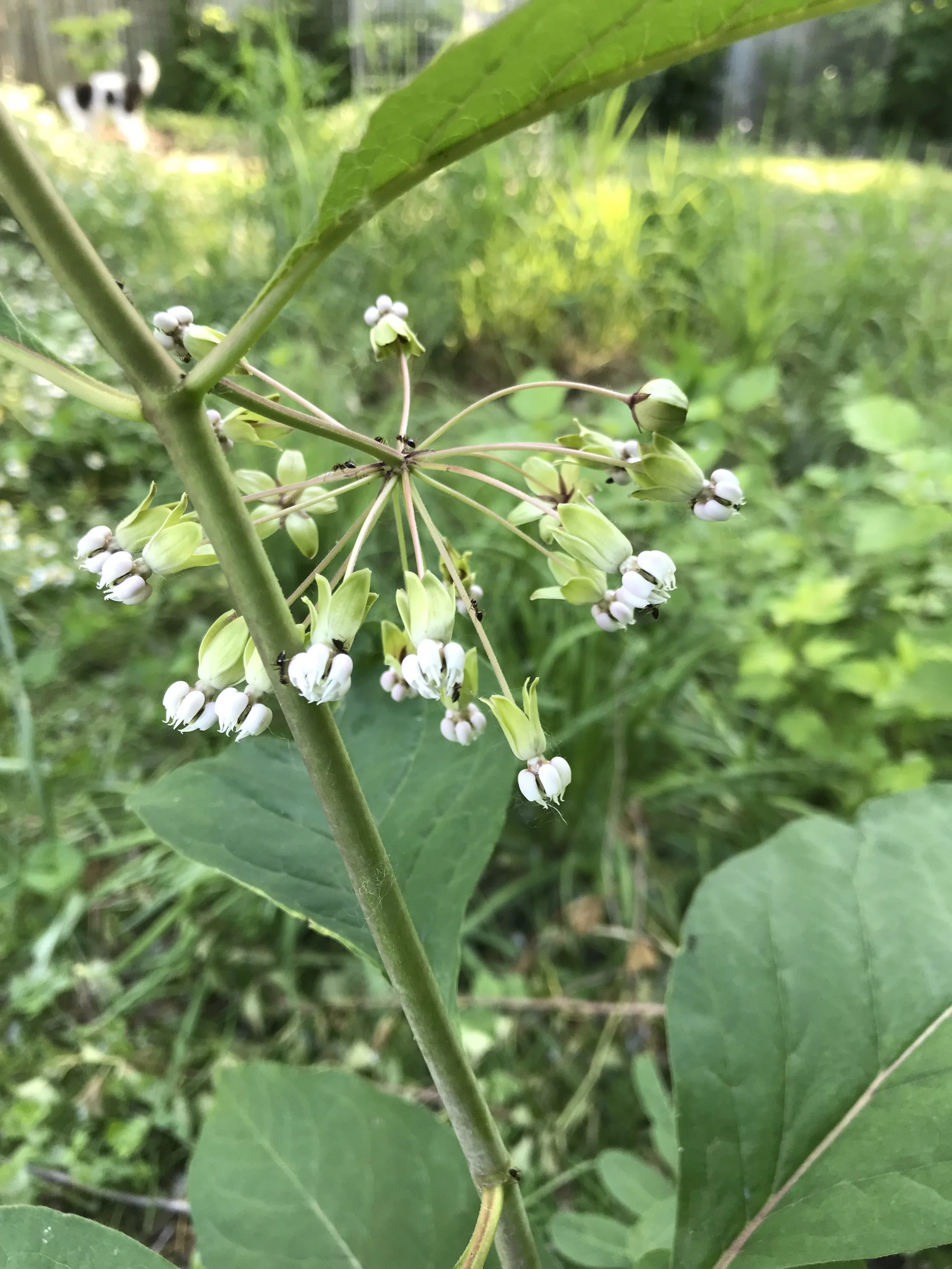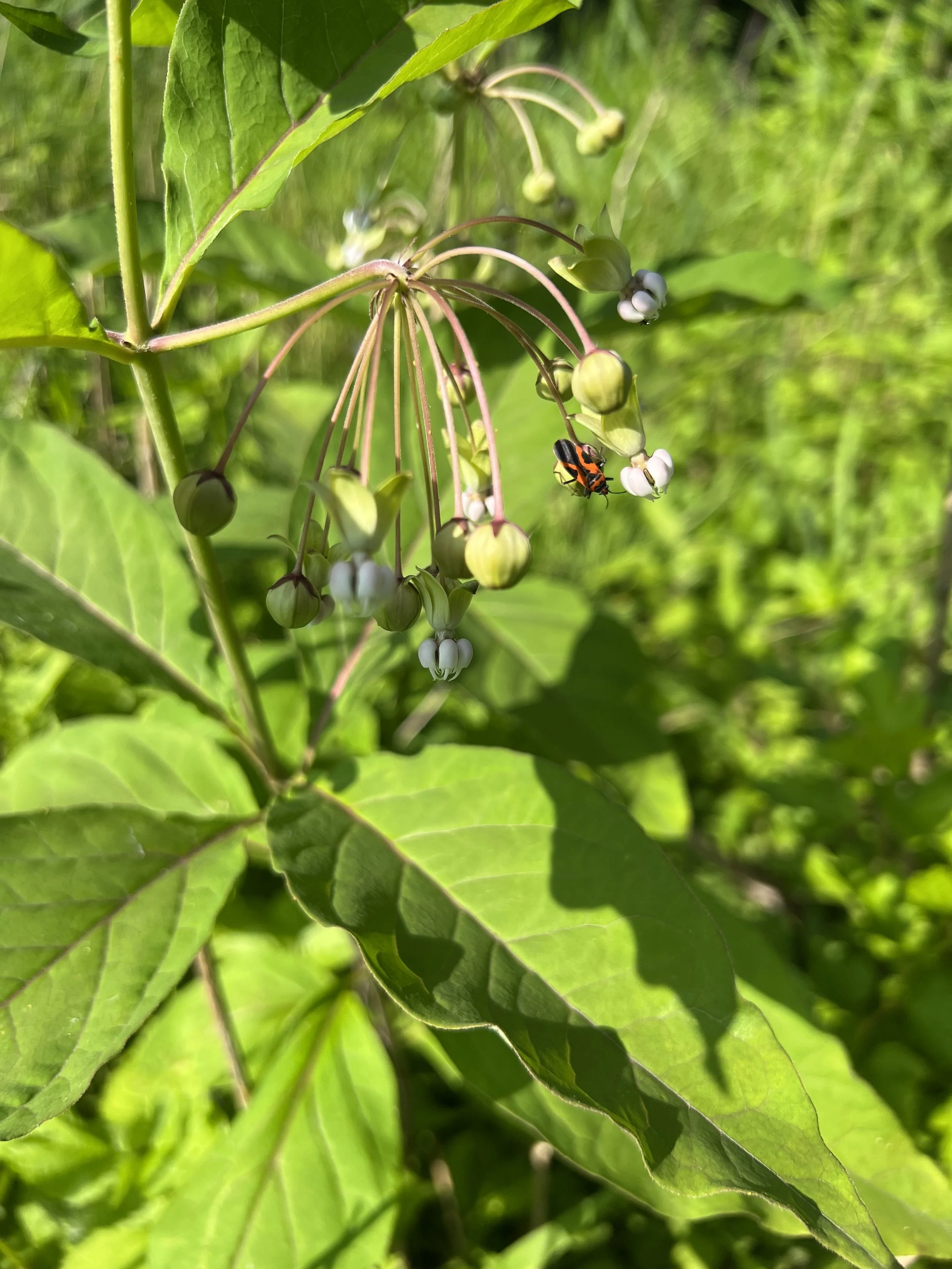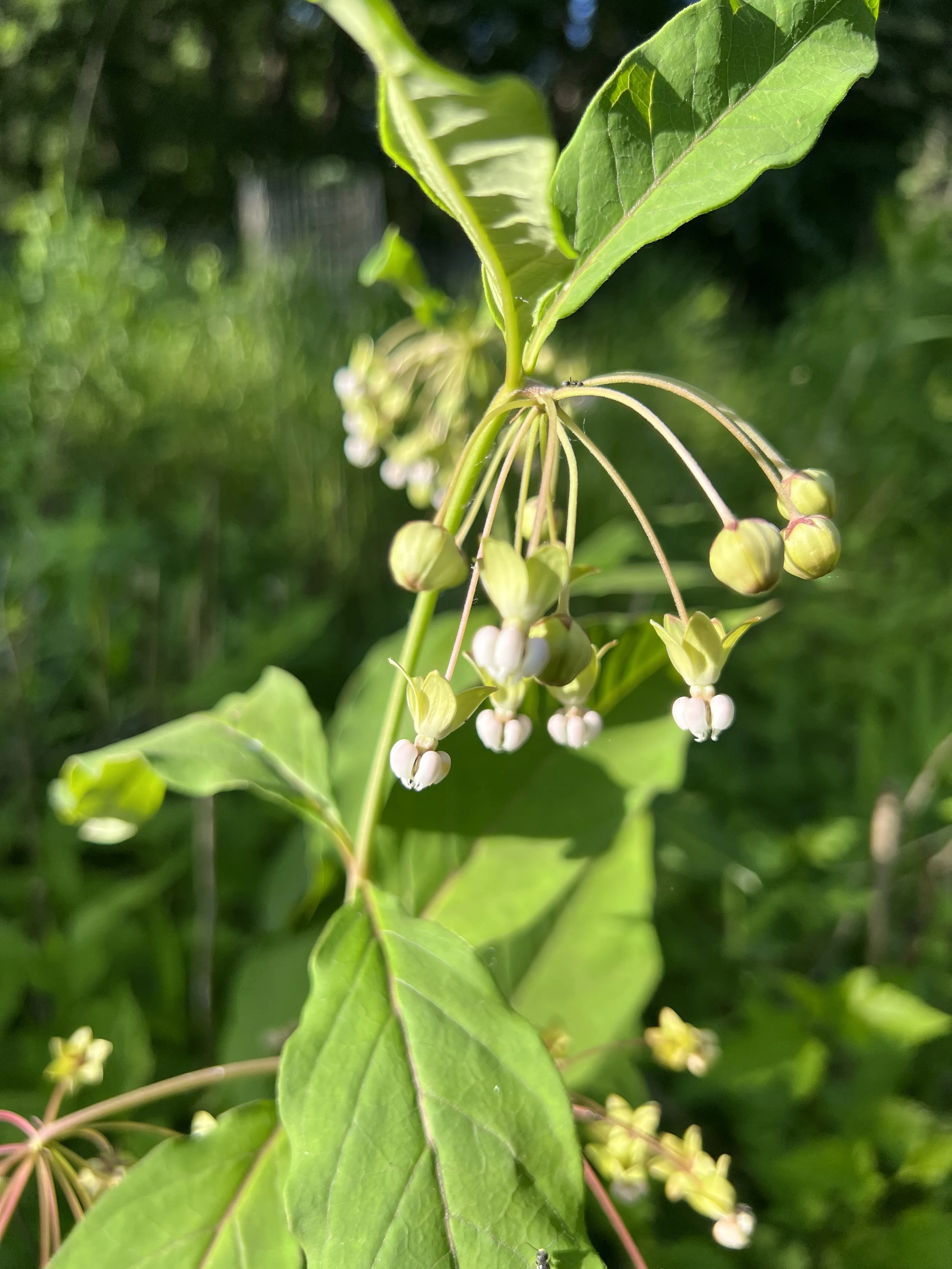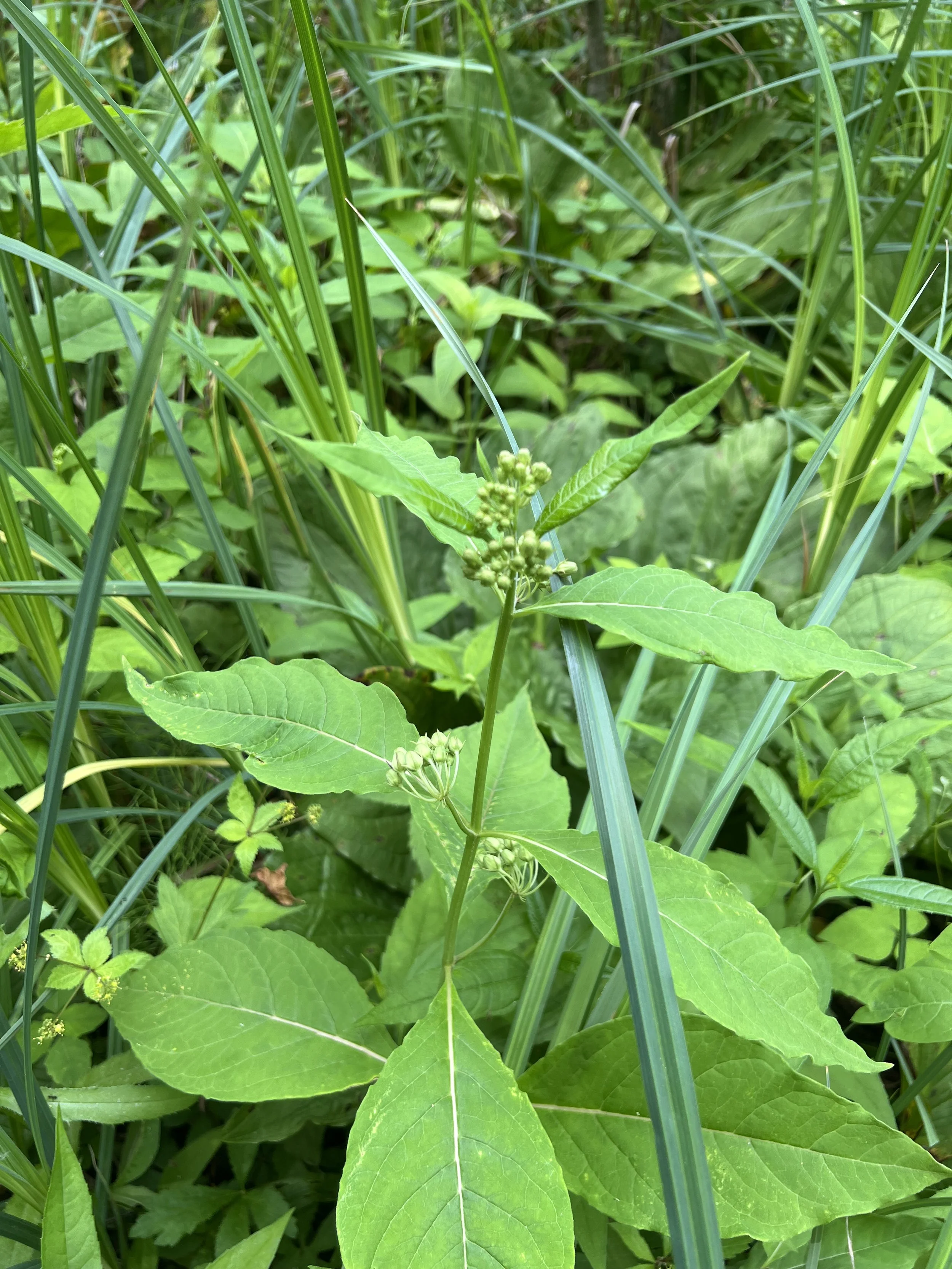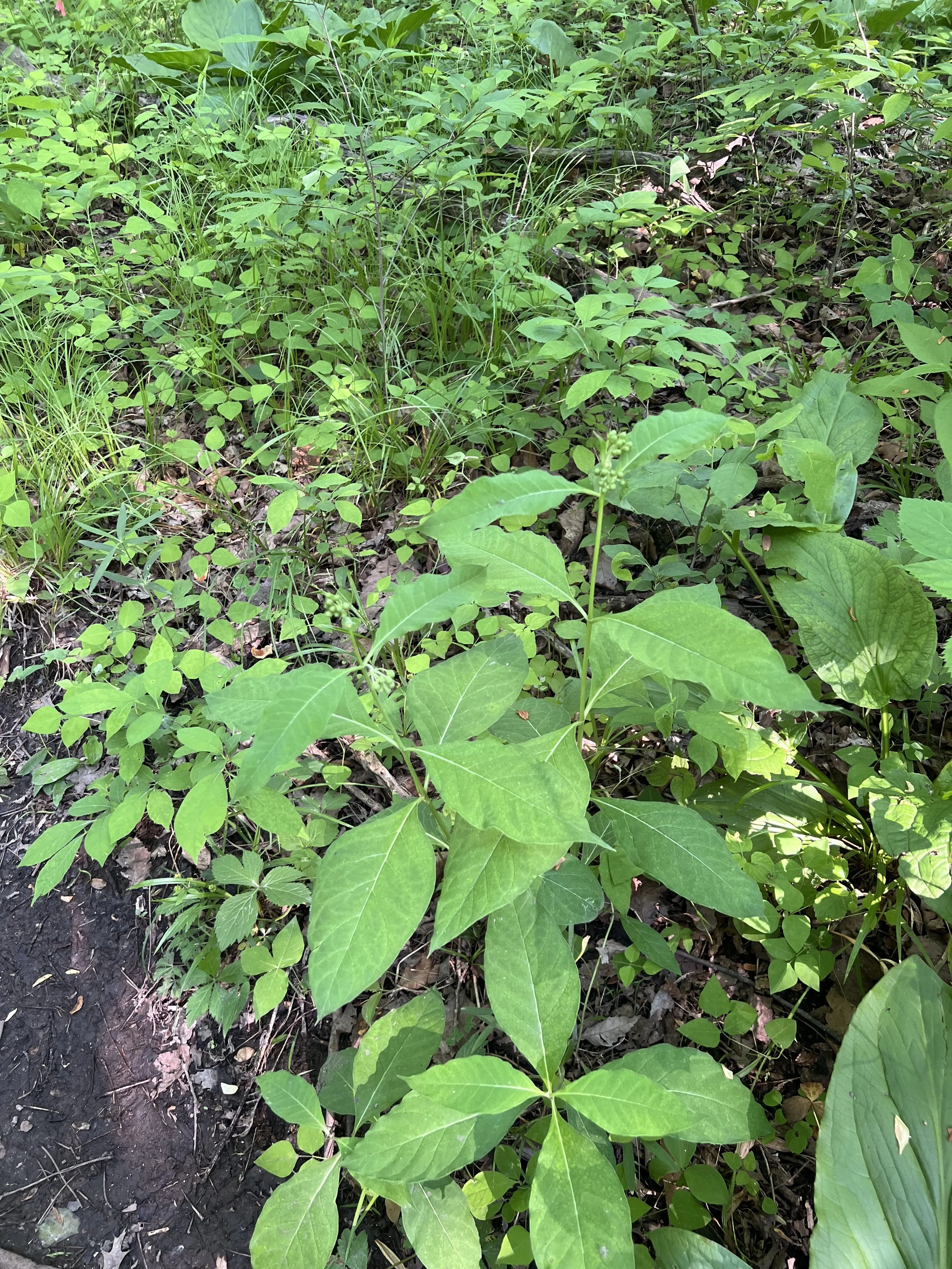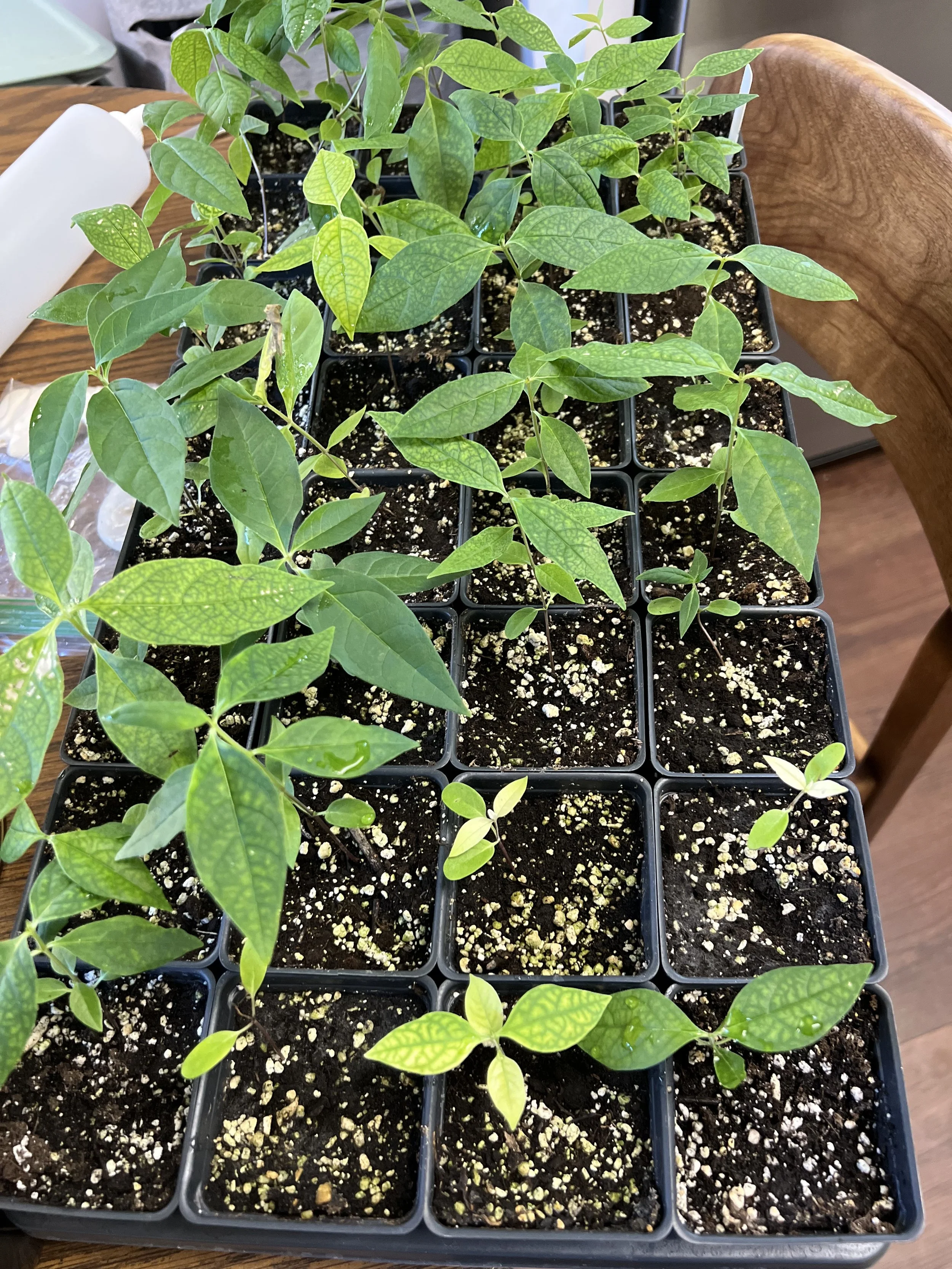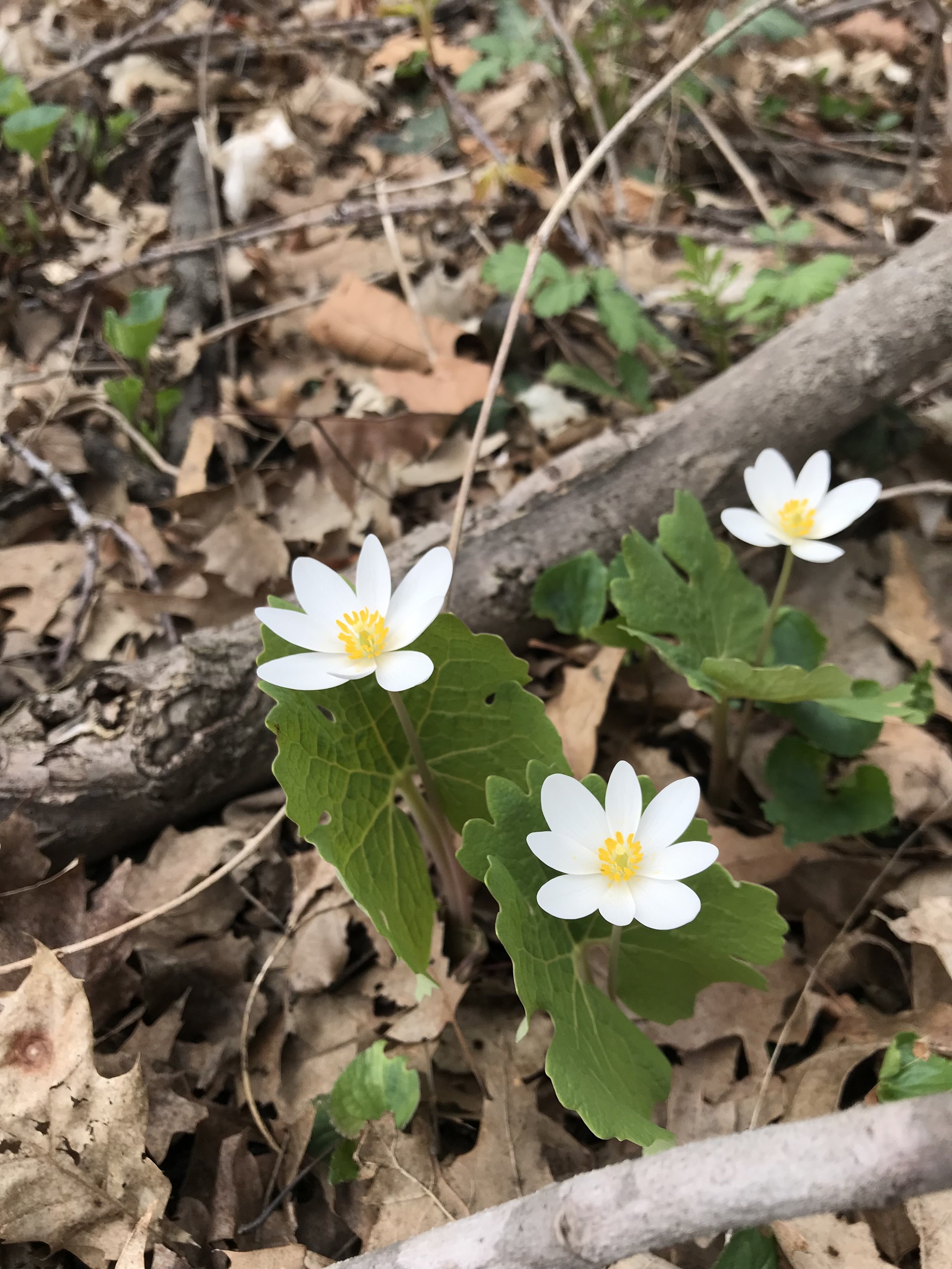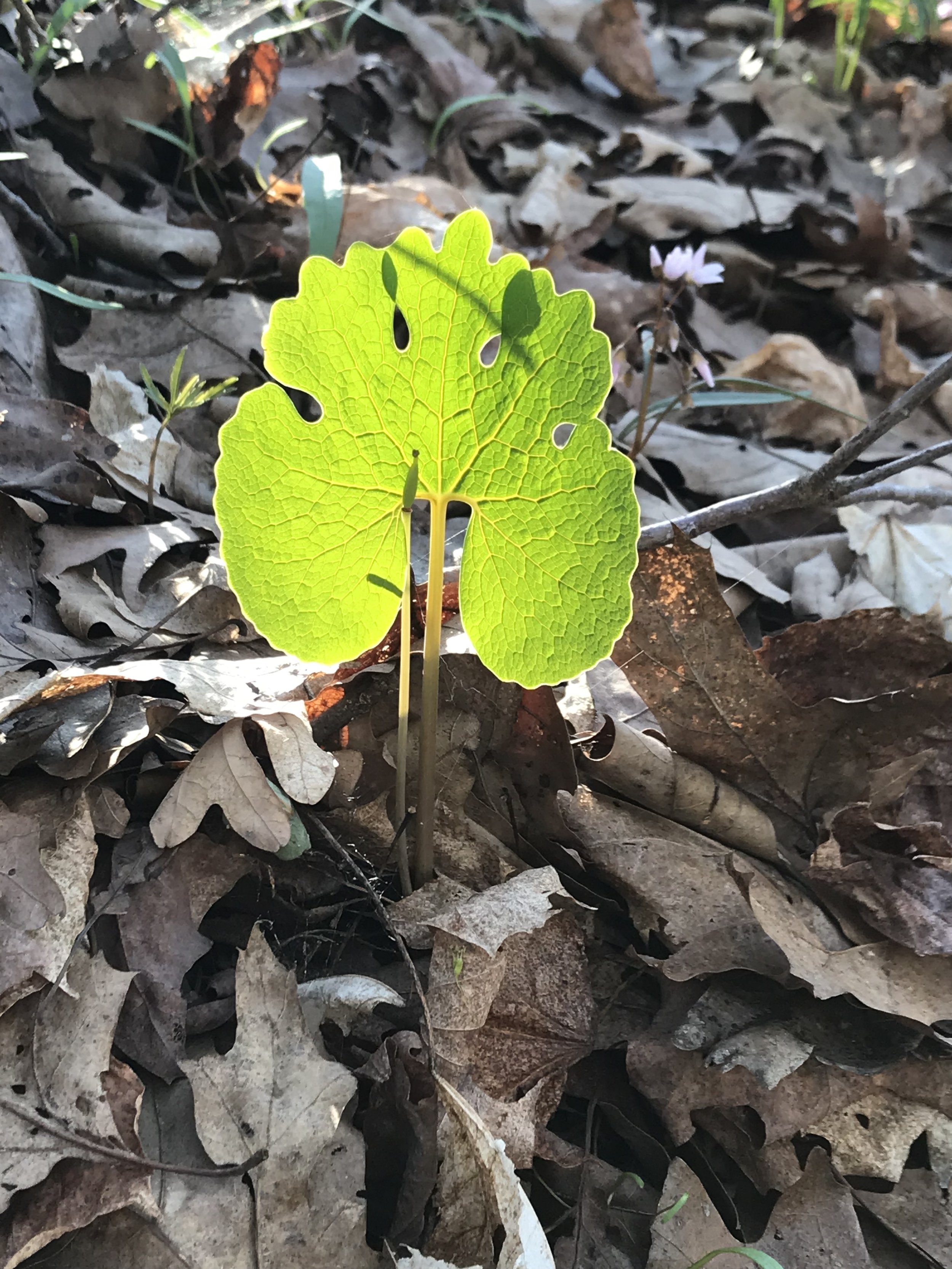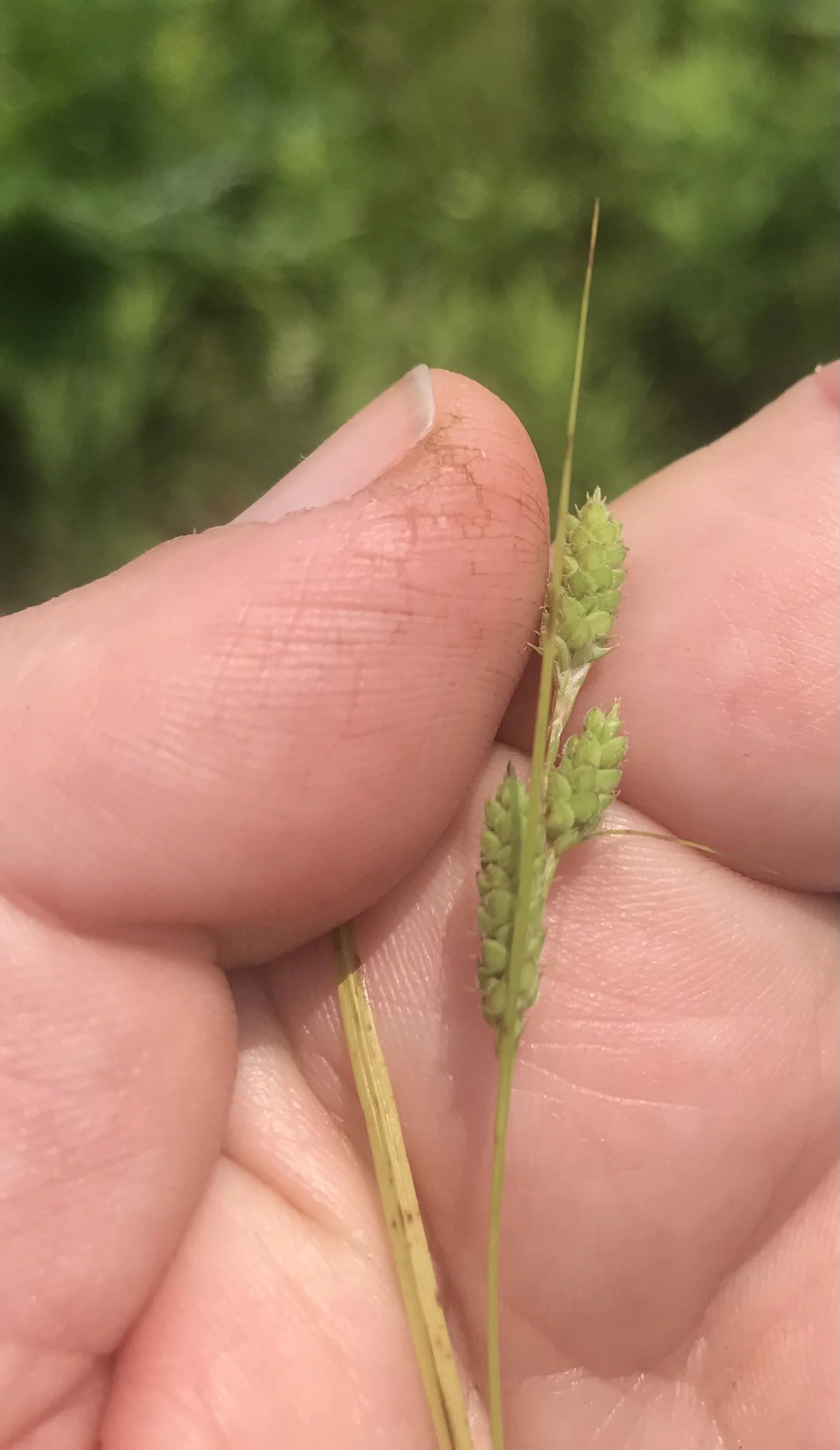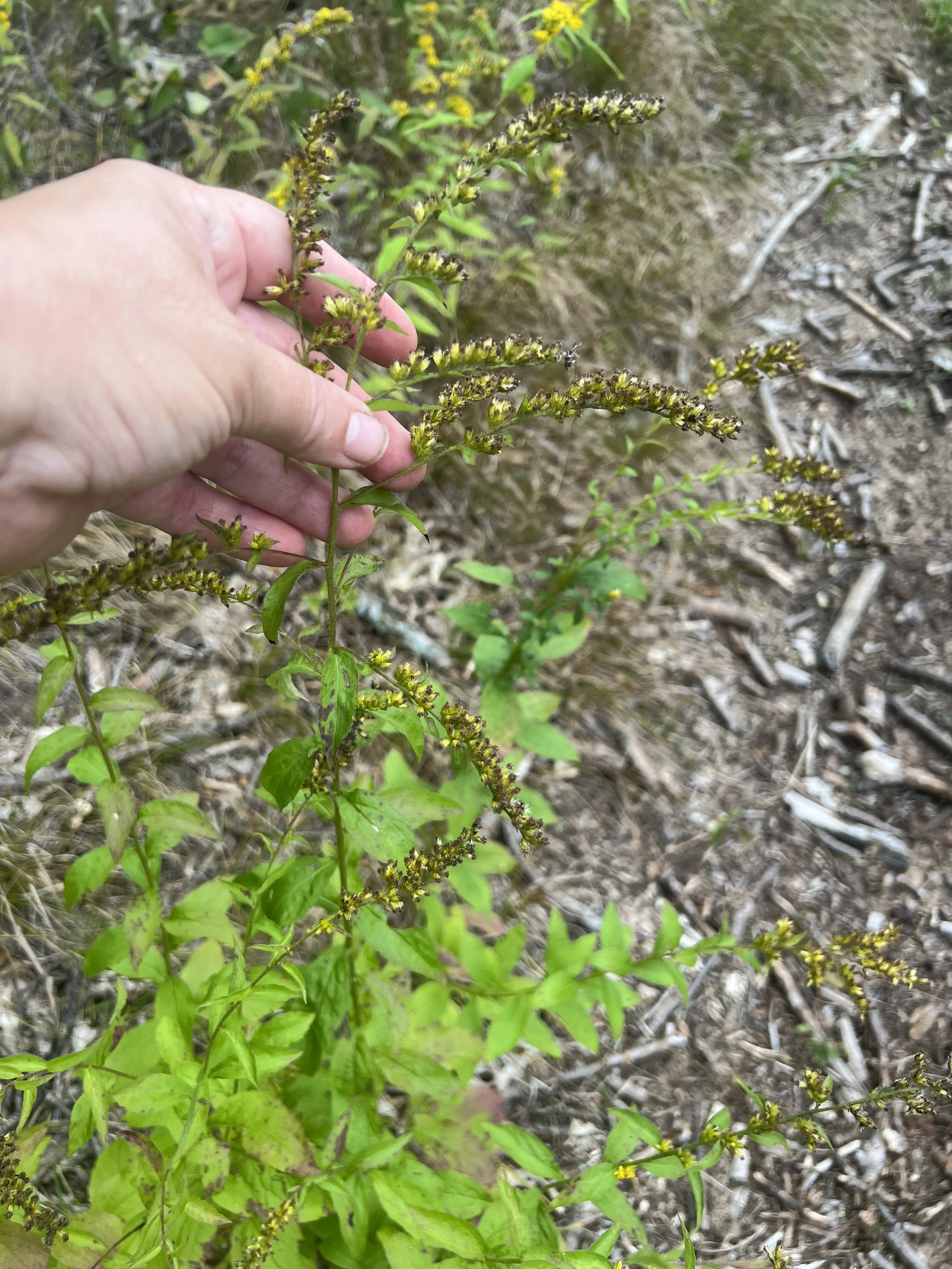 Image 1 of 3
Image 1 of 3

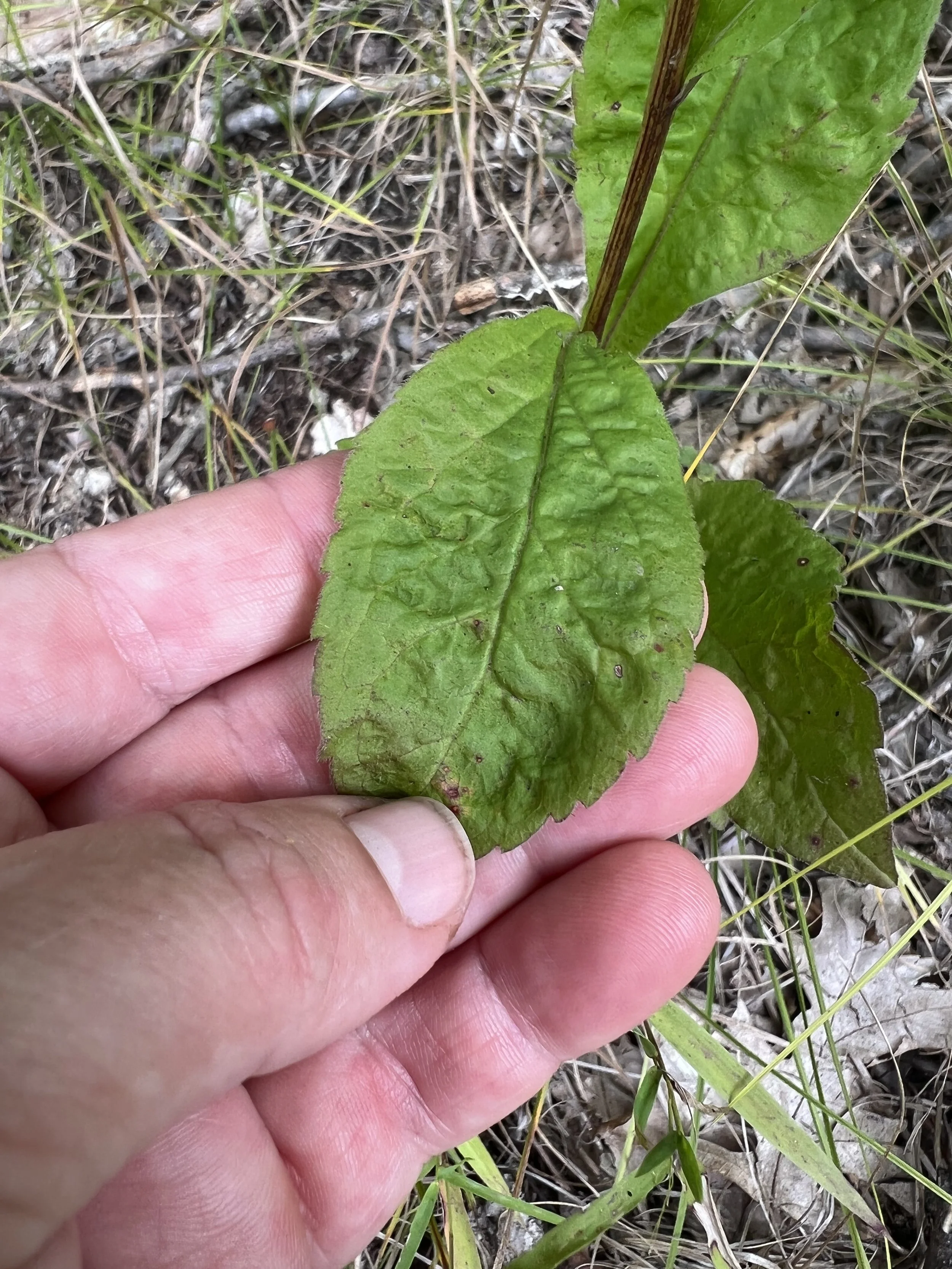 Image 2 of 3
Image 2 of 3

 Image 3 of 3
Image 3 of 3




Elm-leaved Goldenrod (Solidago ulmifolia)
Elm-leaved goldenrod is not commonly found in cultivation, but according to Illinois Wildflowers, it should be used in gardens more often because it does well in cultivation.
Though generally narrower than elm leaves, this goldenrod has deeply toothed, wide leaves. It grows 1-3 feet tall, and has a showy fireworks display of floral racemes that arch gracefully.
This plant naturally grows in dry, open woodlands. It can handle more sun, but may not do as well in deep shade. Elm-leaved goldenrod will spread by rhizome.
Goldenrods are keystone species. Every garden should include a goldenrod, an aster, or both. Or, MANY of both!
Despite my daughter’s allergist insisting the goldenrod pollen causes problems for people, it does not, as the particles are sticky and heavy and require pollinators to be moved around.
Elm-leaved goldenrod (Solidago ulmifolia)
Michigan Flora reference page for state distribution: Elm-leaved goldenrod
Prairie Moon Nursery page for better photos: Elm-leaved goldenrod
Height: 1-3’
Bloom time: July-September
Soil: sand, loam, medium to dry (once established)
Sun: part sun to shade
Plant spacing: 1-2’
Flower: yellow
Life cycle: perennial
Family: Asteraceae
Michigan native: yes
Seed source: Michigan
Elm-leaved goldenrod is not commonly found in cultivation, but according to Illinois Wildflowers, it should be used in gardens more often because it does well in cultivation.
Though generally narrower than elm leaves, this goldenrod has deeply toothed, wide leaves. It grows 1-3 feet tall, and has a showy fireworks display of floral racemes that arch gracefully.
This plant naturally grows in dry, open woodlands. It can handle more sun, but may not do as well in deep shade. Elm-leaved goldenrod will spread by rhizome.
Goldenrods are keystone species. Every garden should include a goldenrod, an aster, or both. Or, MANY of both!
Despite my daughter’s allergist insisting the goldenrod pollen causes problems for people, it does not, as the particles are sticky and heavy and require pollinators to be moved around.
Elm-leaved goldenrod (Solidago ulmifolia)
Michigan Flora reference page for state distribution: Elm-leaved goldenrod
Prairie Moon Nursery page for better photos: Elm-leaved goldenrod
Height: 1-3’
Bloom time: July-September
Soil: sand, loam, medium to dry (once established)
Sun: part sun to shade
Plant spacing: 1-2’
Flower: yellow
Life cycle: perennial
Family: Asteraceae
Michigan native: yes
Seed source: Michigan
